A Fun Example of Streaming Data into Minecraft
 Angel Alvarado is a senior software engineer at One Degree, a San Francisco-based non-profit, and also helps run the Molanco data engineering community. In his spare time, Angel enjoys playing Minecraft with his 11 year-old-cousin. Recently, Angel, found a fun way to combine his gaming with data engineering. This blog entry, reposted from the original with Angel’s kind permission, picks up the story…
Angel Alvarado is a senior software engineer at One Degree, a San Francisco-based non-profit, and also helps run the Molanco data engineering community. In his spare time, Angel enjoys playing Minecraft with his 11 year-old-cousin. Recently, Angel, found a fun way to combine his gaming with data engineering. This blog entry, reposted from the original with Angel’s kind permission, picks up the story…
Data Engineering can get really complex really quick and being aware of the hundreds of tools and data platforms in the industry can get very overwhelming. The following project is about how to use three data engineering tools to visualize data in a video game, it aims to solve a common data engineering problem with a twist to make it fun and entertaining.
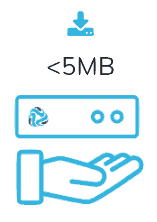 Together,
Together,  Happy New Year! Our first blog entry of 2018 is a guest post from
Happy New Year! Our first blog entry of 2018 is a guest post from  In this guest blog,
In this guest blog,  Updated November 29, 2021
Updated November 29, 2021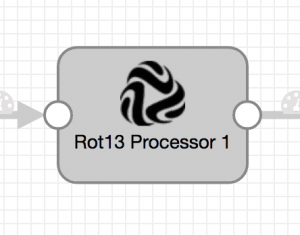 As well as parsing incoming data into records, many
As well as parsing incoming data into records, many 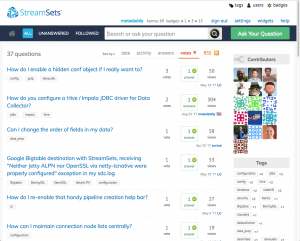
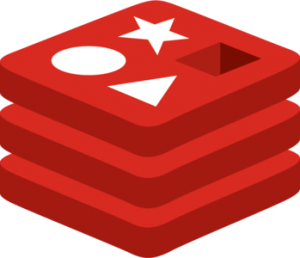
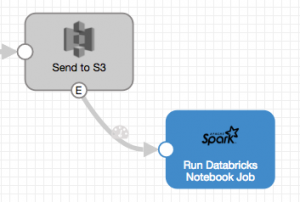 Last December, I covered
Last December, I covered